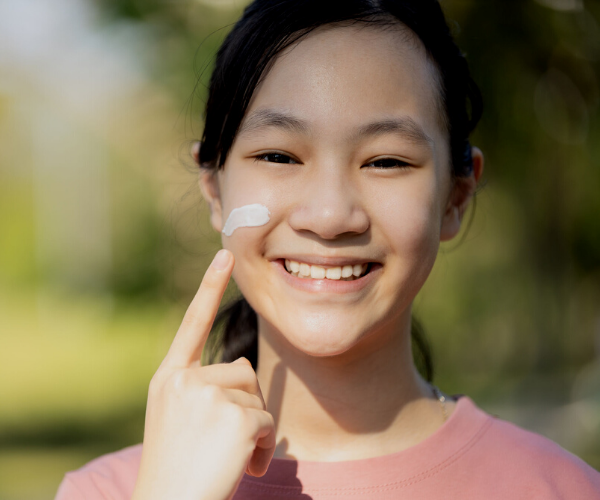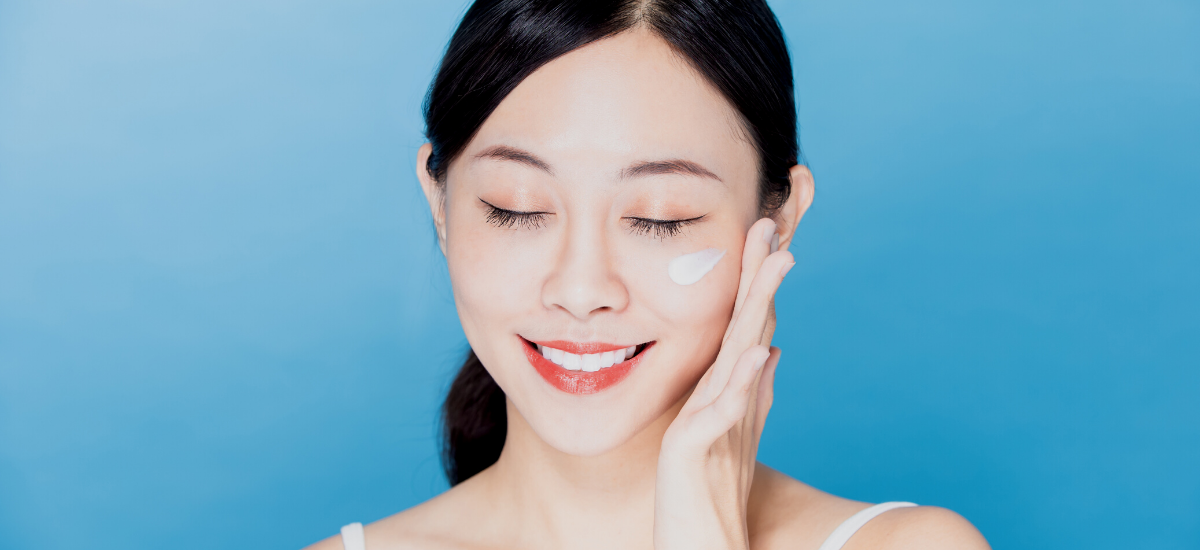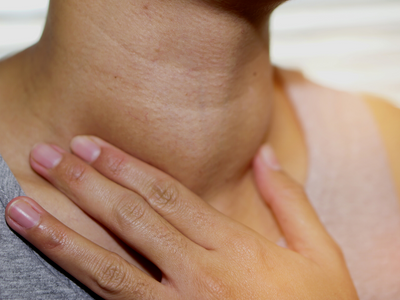Published on 15 March 2022
Sunscreens can be broadly categorised into two groups – physical and chemical. The former works like a shield that sits on the surface of your skin deflecting the sun’s rays; the latter works like a sponge, absorbing the sun’s rays.
The two can be differentiated by the active ingredients found in their formulae. Examples of constituents in physical sunscreens include zinc oxide or titanium oxide. Chemical sunscreens, on the other hand, contain active ingredients such as oxybenzone, avobenzone, octisalate, octocrylene, homosalate, and octinoxate.

Understanding Sun Protection Factor (SPF) and Protection Grade of UVA (PA)
Two types of UV rays are proven to contribute to the risk of skin cancer. Ultraviolet A (UVA) penetrates deeper into the skin layers (epidermis and dermis) and may affect parts of the skin responsible for tautness and elasticity e.g. collagen.
Ultraviolet B (UVB) irradiates the superficial layer of the skin (epidermis) and is related to sunburns.
The level of protection offered by sunscreens against UVA and UVB rays are characterised by two commonly used grading systems: Sun Protection Factor (SPF) for UVB, and Protection Grade of UVA (PA) for UVA.
Broad spectrum sunscreens will include both UVA and UVB protection.
| Sun Protection Factor (SPF) | Est Protection % against UVB rays |
| SPF 15 | 93% |
| SPF 30 | 97% |
| SPF 50 | 98% |
| Protection Grade of UVA (PA) | Est UVA protection |
| PA+ | Some |
| PA++ | Moderate |
| PA+++ | High |
Water resistance of sunscreen
As a general rule of thumb, medical experts advise reapplying sunscreen every two hours – not forgetting that sunscreen should be applied on all sun-exposed areas of skin, beyond just the face.
However, if you are exposed to swimming or sweating, which in turn compromises the effectiveness of sunscreen, reapplication is necessary after 40 minutes for water-resistant formulas, or after 80 minutes for very water-resistant formulas.
How to apply sunscreen
The application of sunscreen should be liberal. As a gauge, Dr Mok Zhun Rui, Consultant, Division of Dermatology, Department of Medicine, National University Hospital (NUH) and Consultant, National University Cancer Institute, Singapore (NCIS), recommended the ‘One, Two, One, Two’ method as a guide for how much sunscreen to apply to the different parts of your body.
| Body part(s) | Number of teaspoon(s) |
| Face and neck area | 1 |
| Chest and back | 2 |
| Arms | 1 |
| Legs | 2 |
Hypoallergenic sunscreen
Whether a sunscreen is hypoallergenic might perhaps be the most overlooked criteria when on the hunt for a good sunscreen. While most sunscreens are compatible with various skin types, there have been instances of allergic reactions arising from chemical sunscreens. As such, those with sensitive skin are advised to stick to physical sunscreen.
To identify a hypoallergenic sunscreen, simply look for the indication on the label. It is also advisable to patch-test sunscreens as a safety precaution. Apply the sunscreen on a small part of the skin, and check if any skin irritation or redness occurs when exposed to sunlight.
In consultation with Dr Mok Zhun Rui, Consultant, Division of Dermatology, Department of Medicine, NUH and Consultant, NCIS.




